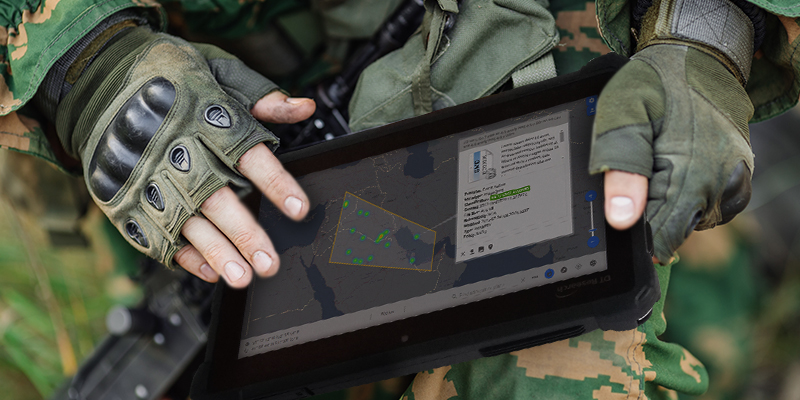In the complex world of railway systems, the importance of rugged electronics cannot be overstated. These systems ensure that trains operate smoothly, safely, and reliably, even in harsh conditions. The demand for such technology is ever-growing, especially among exporters and importers who rely on efficient and reliable transportation networks. The integration of rugged electronics in railway systems plays a pivotal role in enhancing performance and ensuring safety across the board.

What Are Rugged Electronics?
Before diving into their application in railway systems, it’s essential to understand what rugged electronics are. Essentially, rugged electronics are devices designed to operate under extreme conditions. They are resistant to dust, water, extreme temperatures, and vibrations, making them ideal for environments where standard electronics would fail.
Importance of Rugged Electronics in Railways
The railway industry faces unique challenges, including exposure to extreme weather, constant vibrations, and the need for uninterrupted communication. Rugged electronics are specifically designed to meet these challenges. They ensure that communication systems, control centers, and safety mechanisms function optimally, reducing the risk of accidents and improving efficiency.
Ensuring Safety and Reliability
Safety is paramount in railways. Rugged electronics are integral in maintaining safety standards. For instance, fail-safe mechanisms are essential to prevent accidents, and these systems rely heavily on rugged technology. More on this can be found here.
Enhancing Communication Systems
Effective communication is vital in railway operations. Rugged communication devices ensure that signals are transmitted without interruption, even in adverse weather conditions. This reliability is crucial for coordinating train schedules, managing railway traffic, and ensuring passenger safety.
Applications of Rugged Electronics in Railway Systems
Rugged electronics have a broad range of applications in the railway sector. From train control systems to passenger information displays, these devices ensure seamless operation across the network.
Train Control Systems
Modern trains are equipped with advanced control systems that rely on rugged technology. These systems manage speed, track changes, and braking, ensuring that trains operate efficiently and safely.
Passenger Information Systems
Passenger information systems provide real-time updates on train schedules, delays, and other essential information. These systems must be reliable and durable, making rugged electronics the ideal choice.
Challenges in Implementing Rugged Electronics
While the benefits of rugged electronics are clear, their implementation in railway systems is not without challenges. These include cost, integration with existing systems, and the need for specialized expertise.
Cost Considerations
Rugged electronics are typically more expensive than standard devices. However, their durability and reliability often justify the initial investment, leading to cost savings in the long run.
Integration with Existing Systems
Integrating rugged electronics with existing railway infrastructure can be complex. It requires careful planning and coordination to ensure compatibility and functionality.
Need for Specialized Expertise
Implementing rugged technology requires specialized knowledge and expertise. Training and hiring skilled professionals is essential for successful integration.
Future of Rugged Electronics in Railways
The future of rugged electronics in railway systems looks promising. As technology advances, these systems are expected to become even more reliable and efficient, further enhancing railway operations.
Advancements in Technology
Technological advancements are driving the development of more sophisticated rugged electronics. These innovations promise to improve performance and reliability, making railways safer and more efficient.
Increased Adoption Worldwide
As the benefits of rugged electronics become more widely recognized, their adoption is expected to increase globally. This trend is particularly relevant for exporters and importers who rely on efficient transportation networks.
Conclusion
In conclusion, rugged electronics in railway systems play a critical role in ensuring the safety, reliability, and efficiency of railway operations. While challenges exist, the benefits far outweigh the drawbacks, making them an essential component of modern railway systems. For more insights on rugged devices, you can visit this link.

FAQs
What makes electronics rugged?
Rugged electronics are designed to withstand harsh environments, including extreme temperatures, dust, and vibrations, making them ideal for railway systems.
Why are rugged electronics essential in railways?
They ensure the reliability and safety of critical systems, including communication, control, and passenger information systems.
Are rugged electronics cost-effective?
While initially more expensive, their durability and reliability often lead to long-term cost savings.
How do rugged electronics improve railway safety?
They enhance safety by ensuring that critical systems function optimally, reducing the risk of accidents and ensuring efficient operations.


